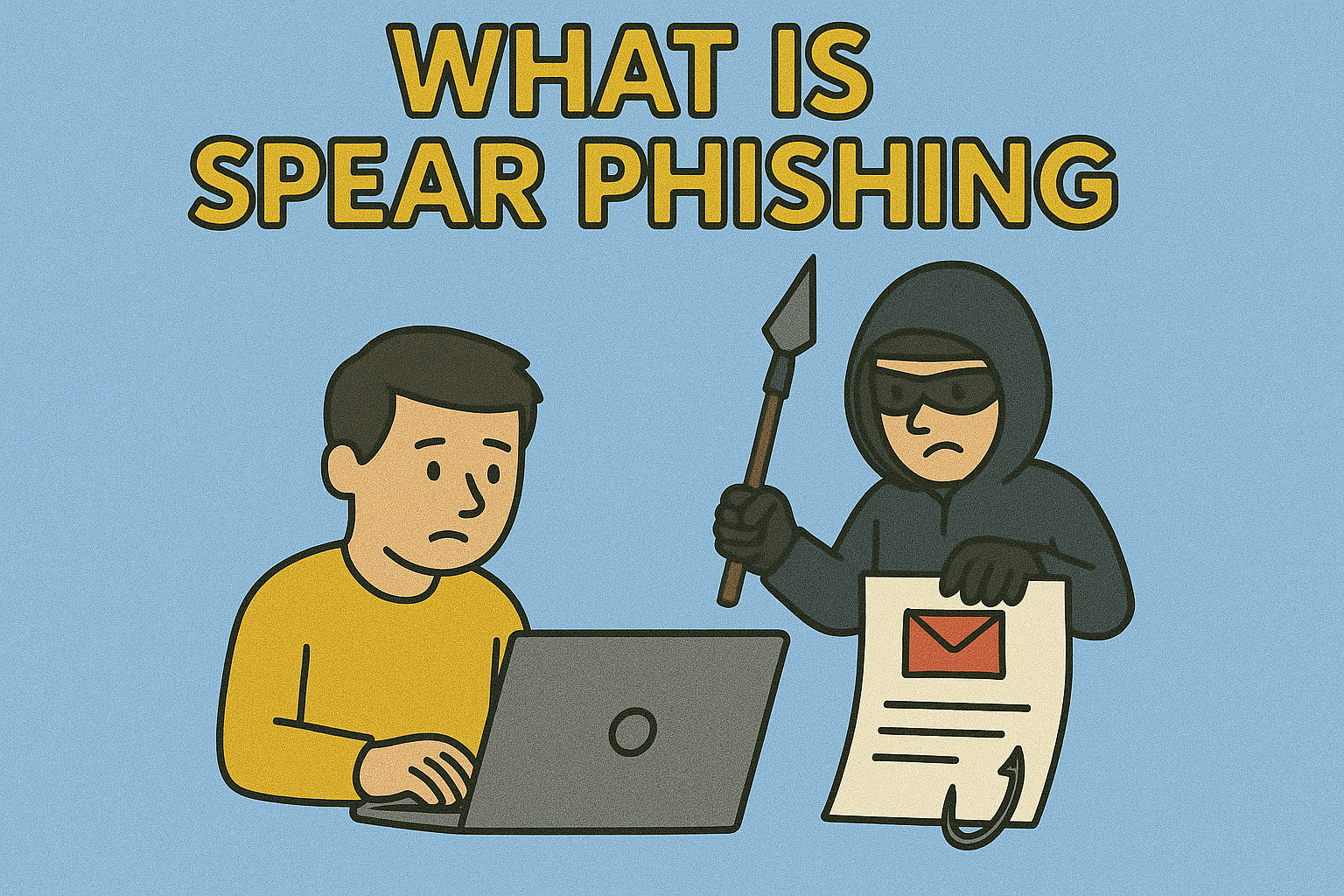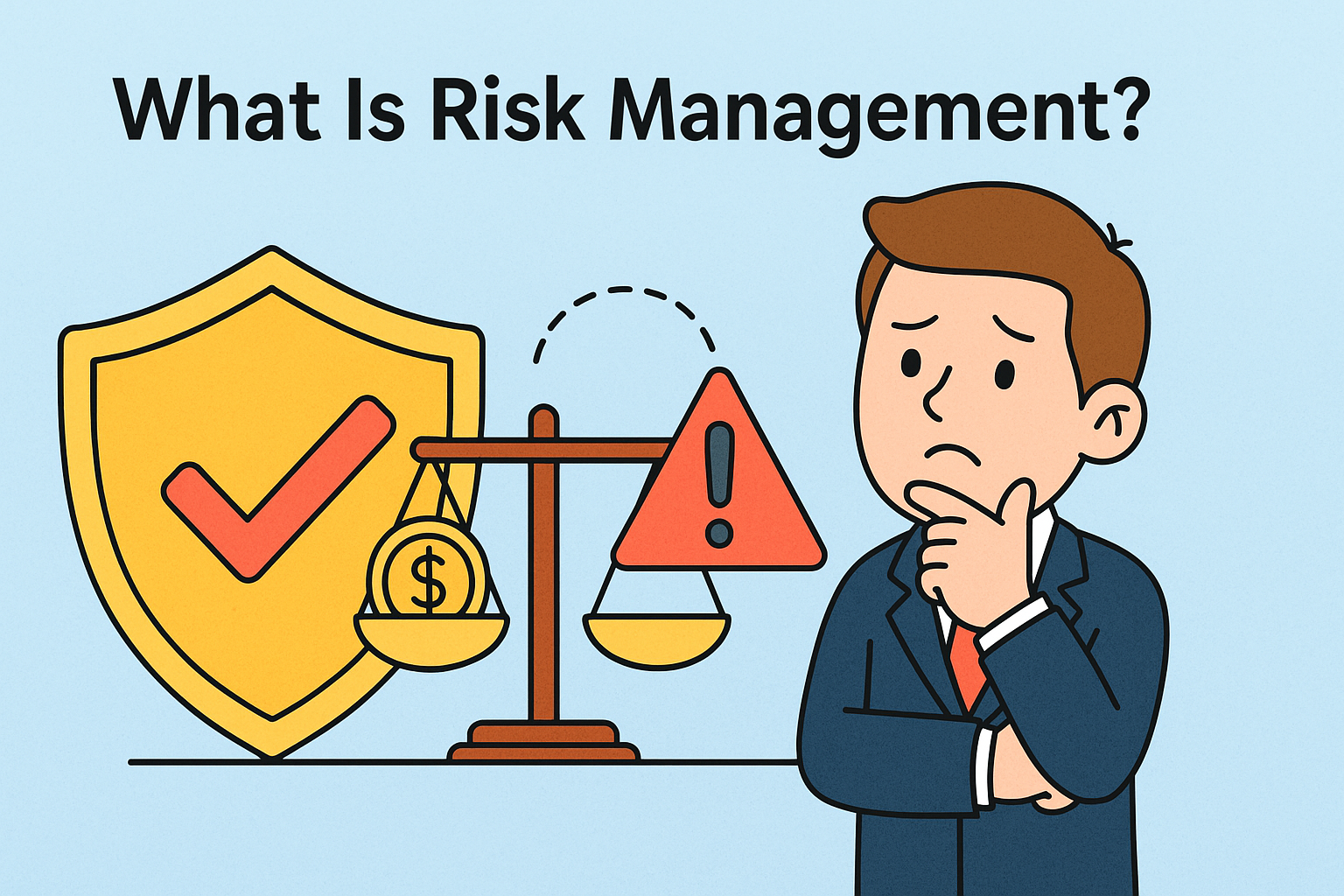What Is Spear Phishing? How to Spot and Stop Targeted Attacks
Updated on June 19, 2025, by Xcitium

What is spear phishing, and why is it one of the most dangerous forms of cyberattacks today? While traditional phishing casts a wide net, spear phishing is precision-targeted—designed to trick specific individuals into handing over sensitive information or granting unauthorized access.
In today’s digital threat landscape, every cybersecurity team, IT manager, and business leader must understand how spear phishing works, how it differs from standard phishing, and what can be done to prevent it.
What Is Spear Phishing?
Spear phishing is a highly targeted email or electronic communication scam that tricks a specific person or organization into revealing confidential information. Unlike broad phishing campaigns, spear phishing messages are tailored using publicly available or previously stolen information to make the attack more convincing.
Spear Phishing Definition
According to the Cybersecurity and Infrastructure Security Agency (CISA), spear phishing is “an email or electronic communications scam targeted towards a specific individual, organization, or business.”
Spear Phishing Meaning in Simple Terms
It’s like a digital con game where attackers do their homework—using names, job titles, recent projects, or even personal interests to craft believable messages that prompt victims to act.
Spear Phishing and Phishing: What’s the Difference?
While the terms are often confused, they target users in very different ways.
| Aspect | Phishing | Spear Phishing |
| Target Audience | Mass audience | Specific individuals |
| Message Personalization | Generic | Highly tailored |
| Attack Method | Bulk emails or texts | Focused email or message |
| Success Rate | Low | High |
Key Insight:
Spear phishing is far more dangerous because it builds trust through familiarity.
How a Spear Phishing Attack Works
Here’s how attackers typically carry out a spear phishing campaign:
1. Research and Reconnaissance
Attackers gather personal details from social media, company websites, LinkedIn, or data leaks.
2. Crafting the Message
Using this data, they create a highly believable message. It may appear to come from a colleague, vendor, or executive.
3. Hook and Bait
The message includes:
- A malicious link to a fake login page
- An attachment with malware
- A request for credentials or financial data
4. Execution and Exploitation
If the victim takes the bait, attackers gain access to systems, steal data, or install malware like ransomware.
Real-World Spear Phishing Examples
Example 1: CEO Fraud
A finance manager receives an urgent email from the “CEO” requesting a wire transfer for a time-sensitive deal. The attacker spoofed the CEO’s email address and knew the manager’s name and recent projects.
Example 2: HR Data Theft
A hacker impersonates the HR director and asks an employee to upload tax documents to a shared folder. The attacker uses stolen branding and insider lingo to appear legitimate.
Example 3: Vendor Compromise
An attacker pretends to be a known vendor requesting updated banking information. The victim unknowingly sends payments to a fraudulent account.
Why Spear Phishing Works So Well
- Emotional triggers like urgency, fear, or authority
- Contextual accuracy that bypasses suspicion
- Trust in familiar names and brands
- Poor cybersecurity hygiene among employees
Common Targets of Spear Phishing
- C-level executives (CEO, CFO, CTO)
- Finance departments
- HR and payroll staff
- IT administrators
- Legal teams
Protecting Your Organization from Spear Phishing
1. Security Awareness Training
- Conduct regular simulations and training
- Teach users how to verify sender information and spot red flags
2. Email Security Solutions
- Use email filters to detect spoofed addresses and malicious links
- Implement DMARC, SPF, and DKIM protocols
3. Multi-Factor Authentication (MFA)
- Even if credentials are stolen, MFA can block access
4. Zero Trust Architecture
- Never assume internal traffic is trustworthy; verify everything
5. Incident Response Plan
- Prepare for phishing attempts with a step-by-step response strategy
Additional Tips for Spear Phishing Prevention
- Keep personal and business info off social media
- Verify all money transfer requests via phone
- Limit user permissions to reduce potential damage
- Monitor systems for unusual access or activity
FAQs About Spear Phishing
1. What is spear phishing in cybersecurity?
It’s a targeted phishing attack that uses personalized tactics to trick individuals into revealing confidential data or clicking malicious links.
2. How is spear phishing different from regular phishing?
Spear phishing is tailored to specific individuals using personal or organizational data, making it harder to detect.
3. What are signs of a spear phishing attack?
- Unexpected urgent emails
- Requests for sensitive data
- Spoofed addresses or fake URLs
- Attachments with vague names
4. How can companies stop spear phishing?
By training employees, using email filtering tools, enabling MFA, and employing a zero trust model.
5. Are there spear phishing tools used by attackers?
Yes. Tools like social engineering kits, email spoofing software, and even AI can help attackers automate spear phishing campaigns.
Final Thoughts: Don’t Be the Next Target
Understanding what is spear phishing could mean the difference between a secure organization and a costly data breach. Spear phishing attacks are growing in frequency and sophistication, but with the right mix of awareness, technology, and policies, your business can stay ahead of the curve.
Want to strengthen your cyber defenses with next-gen threat protection? Sign up at Xcitium today.
















